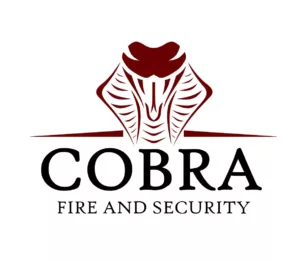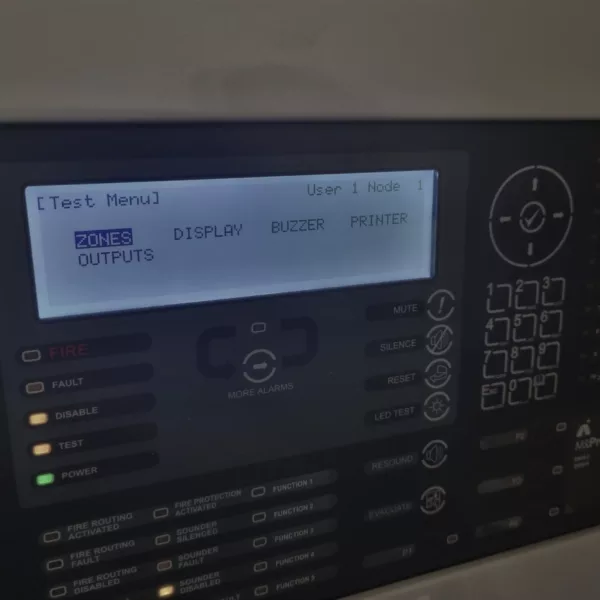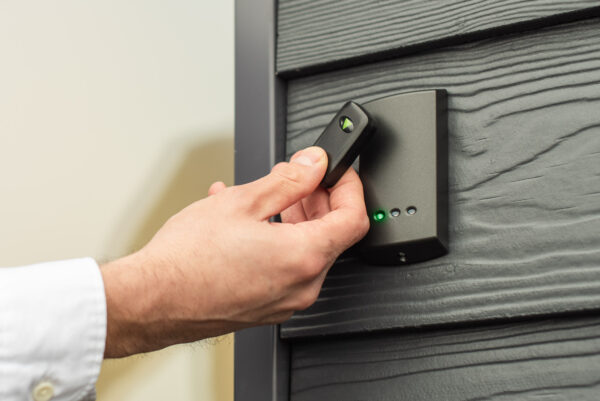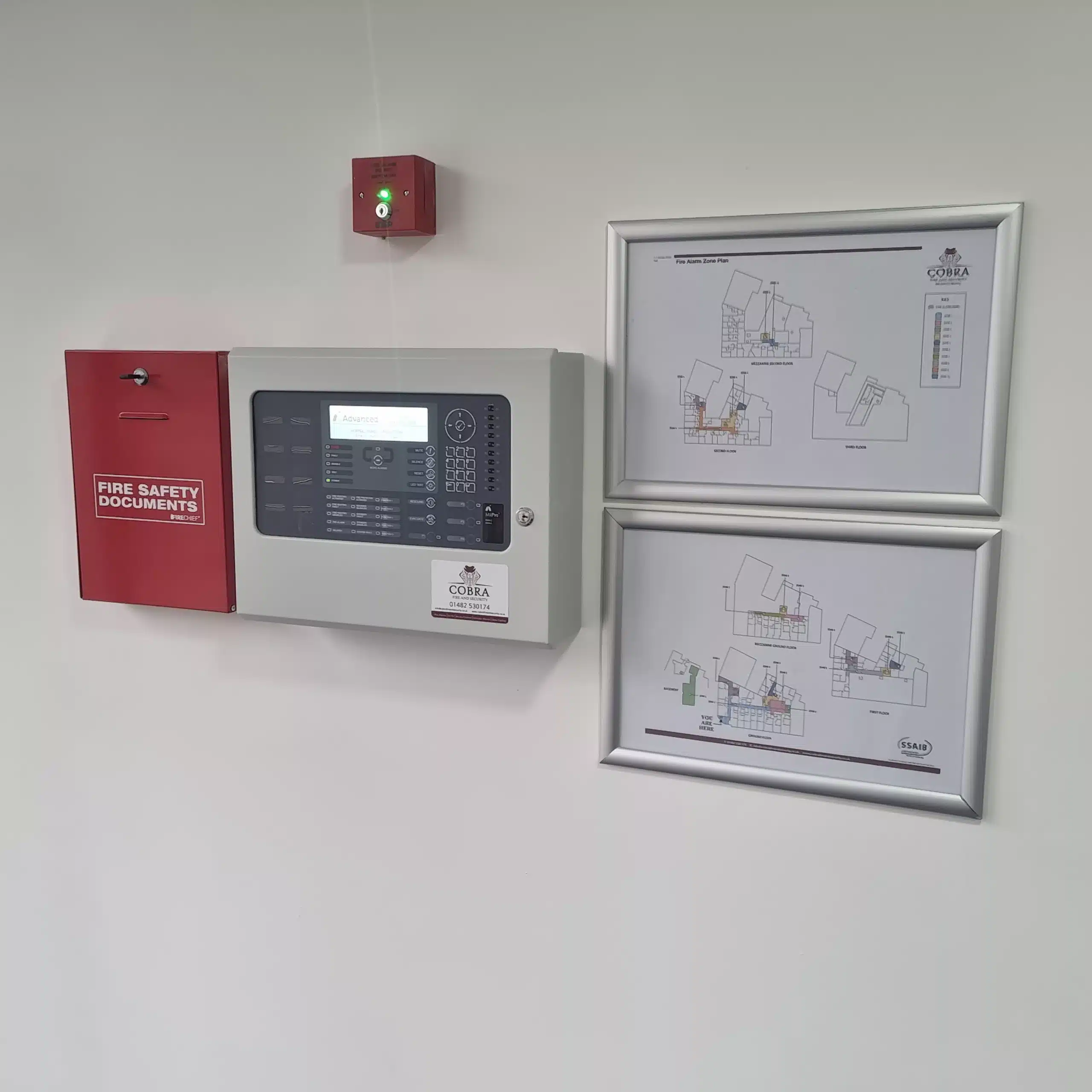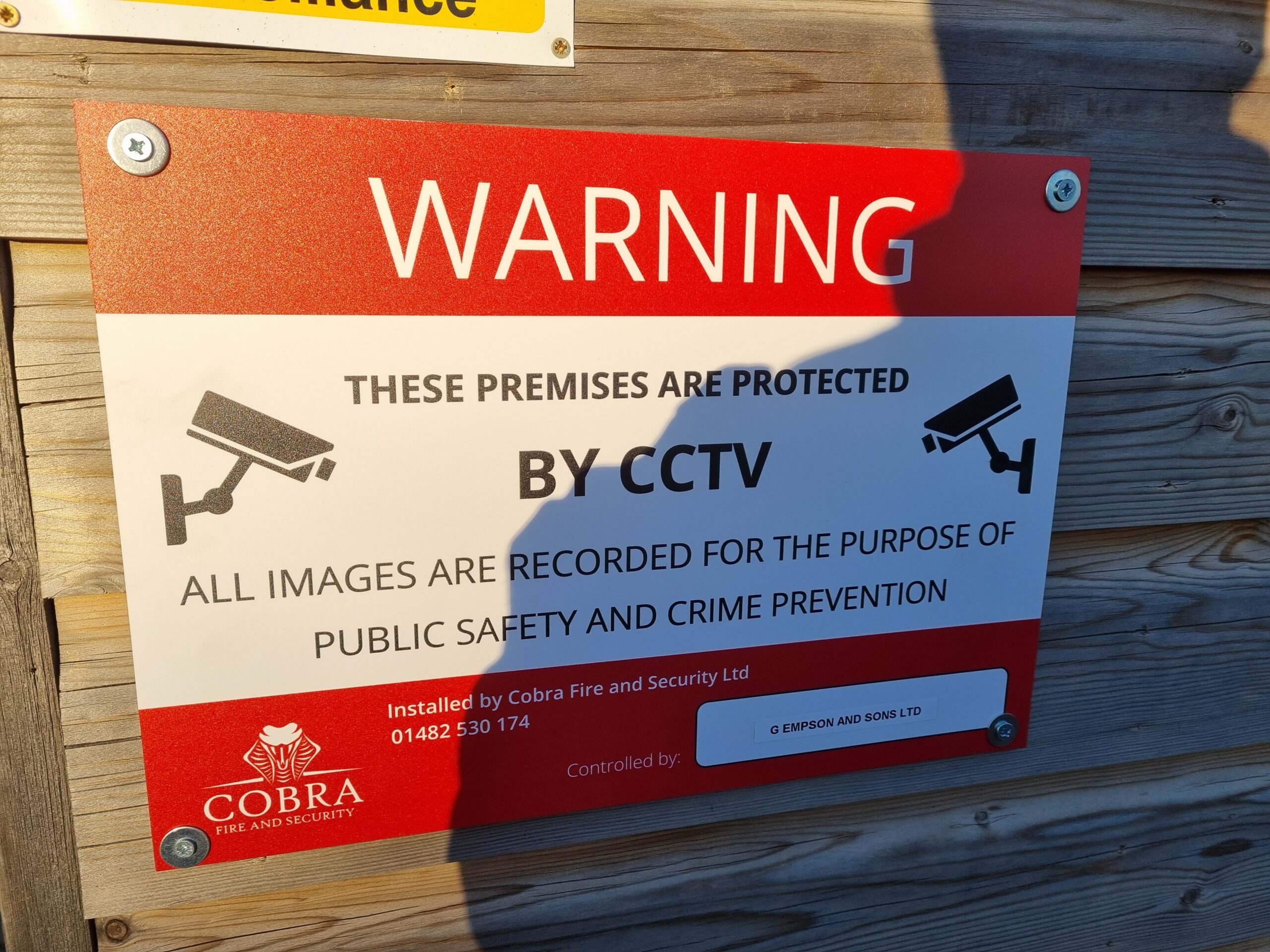
Are CCTV Signs Required?
Do I need CCTV Signs?
In today’s digitally connected world, the use of closed-circuit television (CCTV) systems has become increasingly common for enhancing security and monitoring. However, along with the benefits of surveillance technology come legal obligations and ethical considerations, particularly concerning the necessity of CCTV signage. In this comprehensive guide, we explore the significance of CCTV signage, addressing both legal requirements and practical considerations for home and business owners.

The Significance of CCTV Signage
Legal Requirements:
Under the GDPR and DPA, CCTV operators are obligated to comply with data protection regulations, which include transparency about the use of CCTV through clear signage.
Signage must inform individuals about the purpose of CCTV use, the identity of the data controller, and contact information, as per ICO guidelines.
Practical Considerations for CCTV Signs:
- CCTV signage serves as a deterrent to potential intruders by signaling the presence of a security system.
- However, it may also alert intruders to security measures, necessitating a balance between deterrence and caution.
CCTV in Domestic and Business Settings:
- For domestic properties, signage requirements are less strict if CCTV does not extend beyond the property boundary.
- Business properties must display clear and readable signs indicating the organization responsible for operating the CCTV system, its purpose, and contact information.
Rights of Individuals Recorded on CCTV:
- Individuals have the right to request access to CCTV footage where they are identifiable (subject access request) and to request the erasure of their personal data.
- CCTV operators are prohibited from sharing footage of identifiable individuals for entertainment purposes, highlighting the importance of data protection and privacy.
Choosing the Right CCTV Signs:
- Signage should be appropriately sized based on its intended viewing distance, ensuring visibility and legibility.
- Consider the aesthetics and materials of signage, especially for outdoor installations, to withstand exposure to the elements.
Dealing with Data Requests:
- Establish clear procedures for responding to subject access requests and requests for data erasure within the required timeframe.
- Educate staff on handling inquiries from the public regarding CCTV footage to ensure efficient and compliant responses.
Conclusion:
Understanding the legal obligations and practical considerations surrounding CCTV signage is essential for both home and business owners. By adhering to legal requirements, respecting individuals’ rights, and implementing effective signage, you can enhance security while ensuring compliance with data protection laws. For further information and guidance, consult reputable sources such as the Information Commissioner’s Office (ICO) and governmental resources on CCTV regulations.
Reviewed: 02/03/2024 Our articles are reviewed regularly. However, any changes made to standards or legislation following the review date will not have been considered. Please note that we provide abridged, easy-to-understand guidance. To make detailed decisions about your fire safety provisions, you might require further advice or need to consult the full standards and legislation.
Share this article
Written by : Michael Winter
Follow us
Latest articles
July 9, 2025
